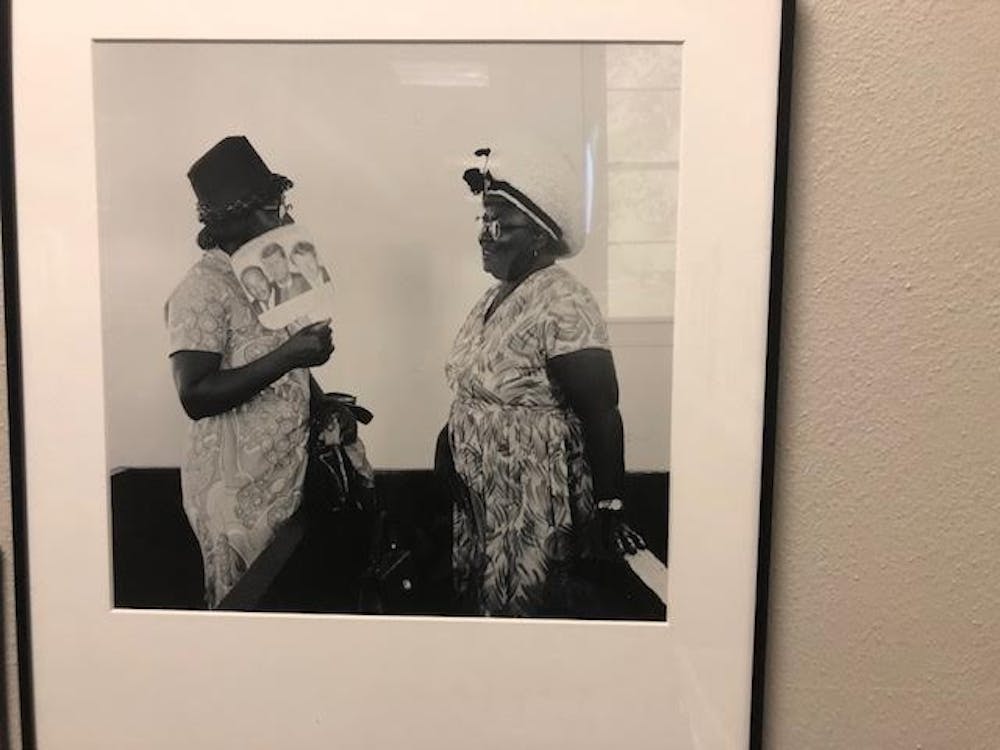Wilson Library is hosting an exhibit about the photography of Cheryl Thurber. Thurber traveled around the South after the civil rights era documenting communities. Wilson Library has taken up her collection "Cheryl Thurber Photographs: Documenting Gravel Springs, Mississippi, in the 1970s."
According to UNC Libraries, Thurber traveled through the South and California in the 1970s and 1980s living with different African-American communities. She took up an interest in the community that resides in Pinola County because of their independence. Thurber said that she felt like the community is less of a town and more of a village of people because of the special connection the people there have.
"It was a transitional point in time for the community, and for Mississippi in general," Thurber said. "This was after the real thrust of the civil rights movement and before you saw other changes."
Steven Weiss, the curator for Southern Folklife Collection, said that Thurber donated her collection in 2011 and, after meeting with her, it was immediately apparent that her images were high quality, which is why he wanted to bring her collection to UNC.
"She has strong composition and technical skills," Weiss said. "Aesthetically, I think there's a lot of visual depth to her photographs."
Weiss noted that what made Thurber's work even more unique was the access she had at the time. Thurber wasn't a transplant documentarist who came in, took photos and left. At the time she was producing her work, she lived in the community with her then-husband and one-year-old daughter. She was as much a part of the community as anyone else.
Weiss said it was the fife and drum music that brought attention to the community. Fife and drum music encapsulates a mix of military music and what is today traditional blues music. Weiss stated that fife and drum music is the foundation of blues today.
While music may have attracted media outlets and Thurber to the area, it was only half of her work.
Thurber said her work is unique because at the time, documentation of communities like these was mainly focuses on the musical influences. Blues musicians Fred McDowell and Ranie Burnette dominated most of the local coverage at the time. Thurber wanted to look outside the scope of music. Her work encapsulates the community as a whole. Her exhibit showcases the everyday life of barbers, women in the church, people cooking in their homes and community events.




